Scale Factor
Evoking the complexity of the universe—and of a single cell—Leo Villareal’s generative artworks reintroduce a sense of wonder, in both the virtual and physical realms.
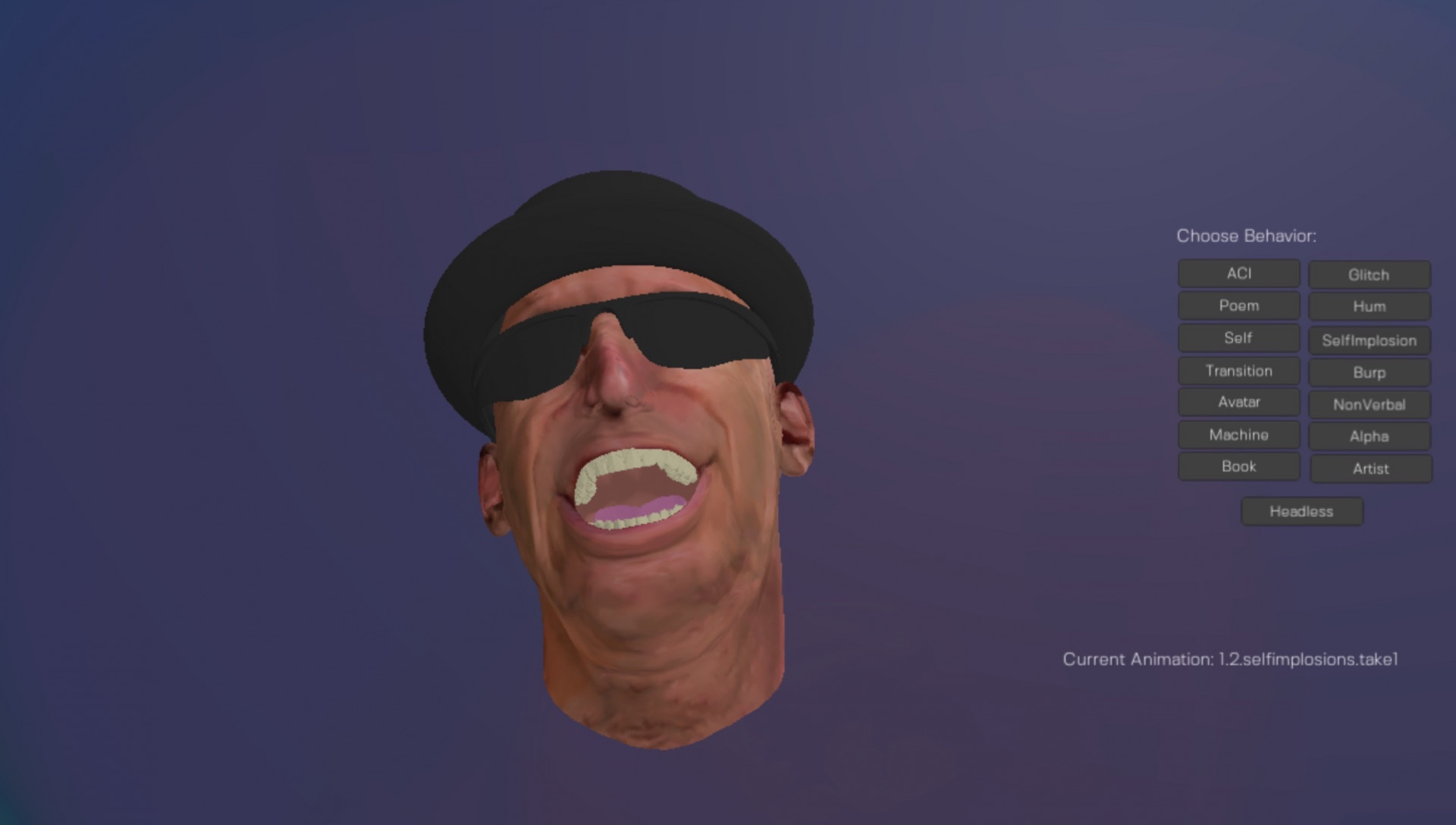
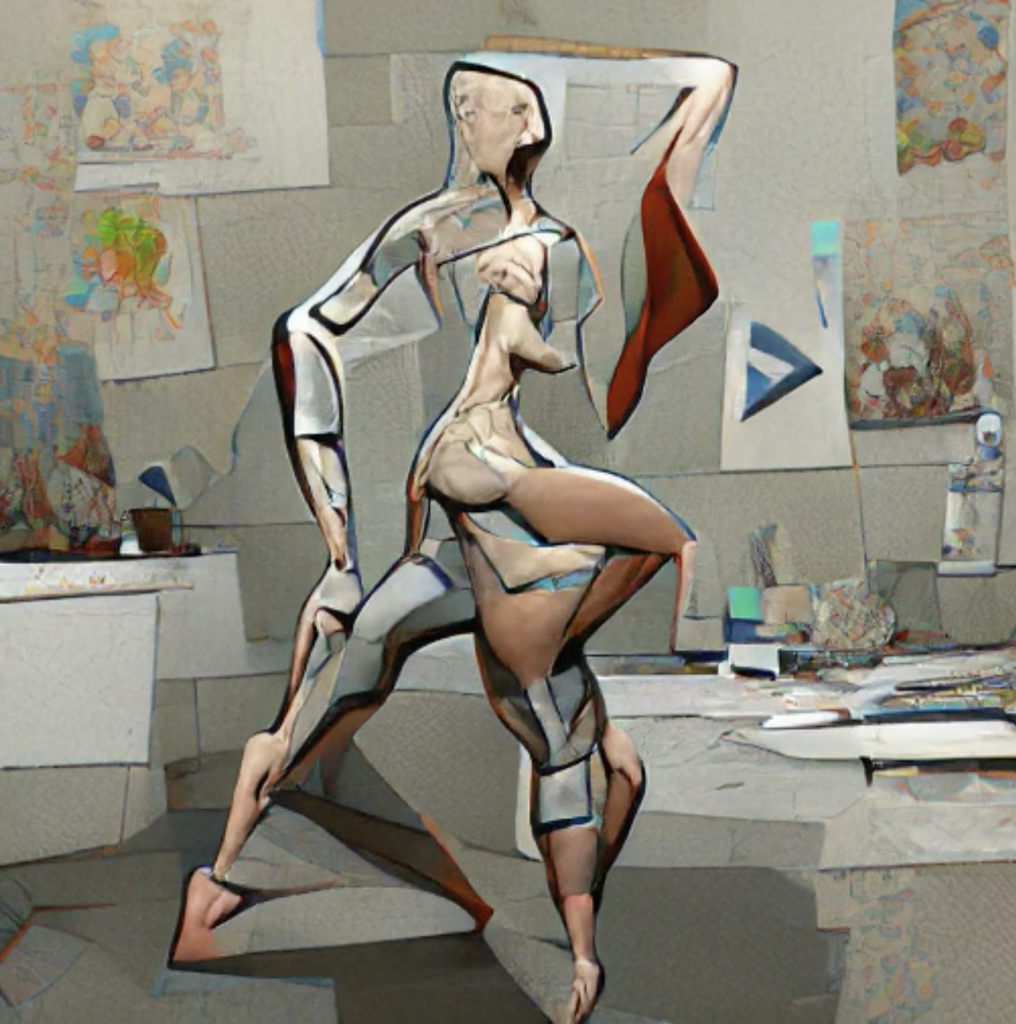
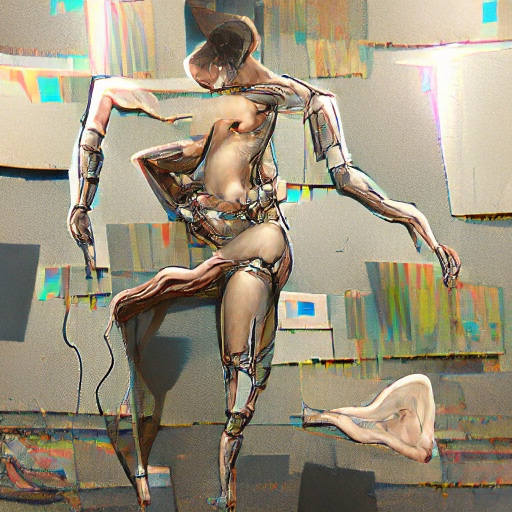
Some centuries back, in a literary land far away, Miguel de Cervantes kicked off his famously quixotic novel by distancing himself from the role of sole creator. Though his name was on the title page, he claimed in the preface to be not the father but the stepfather of the text. Don Quixote has spawned countless works of metafiction since its post-Gutenberg protagonist walked into a printing shop and discovered galleys of his own life story. Two new books by Mark Amerika carry the torch in fascinating ways, exploring the concept of authorship through the lens of intelligent systems powered by both human and machine imagination.
Until the last century, one could more or less safely assume that the creator of a work of literature—a novel, a poem, a memoir, a biography—was human, at least. The arrival of the modern computer complicated matters. From code-based poems like Theo Lutz’s “Stochastische Texte” (1959), written with a Zuse z22, and “The House of Dust” (1967), drafted by Alison Knowles, James Tenney, and a Siemens 4004; to more recent literary innovations like David Jhave Johnston’s ReRites (2016–19), poems generated by a computer and then edited by Johnston, Lillian-Yvonne Bertram’s Travesty Generator (2019), enabled in part by the code of Nick Montfort, and K Allado-McDowell’s hallucinatory Pharmako-AI (2021), written with GPT-3; to more mundane conversations with customer service chatbots and email auto-completions, our electronic devices have forced a flesh-and-blood reckoning with whether we sentient creatures really do have, or should have, a stronghold on ingenuity.
The rise of neural nets built to make sense of jaw-dropping quantities of information has pressed the question further. In art circles, we are witnessing a boom in the popularity of, and anxiety over, AI tools that render a machine’s eye view of the world at astonishing speed. In the realm of words, where such tools are more nascent and unfamiliar to broader audiences, the possibility of a cybernetic scribe informed by the collective corpus of humanity’s written record is ground-shaking. If language is an expression of consciousness, a path toward understanding our selves and our environs, what does it mean that a machine can generate convincing, humanesque text?
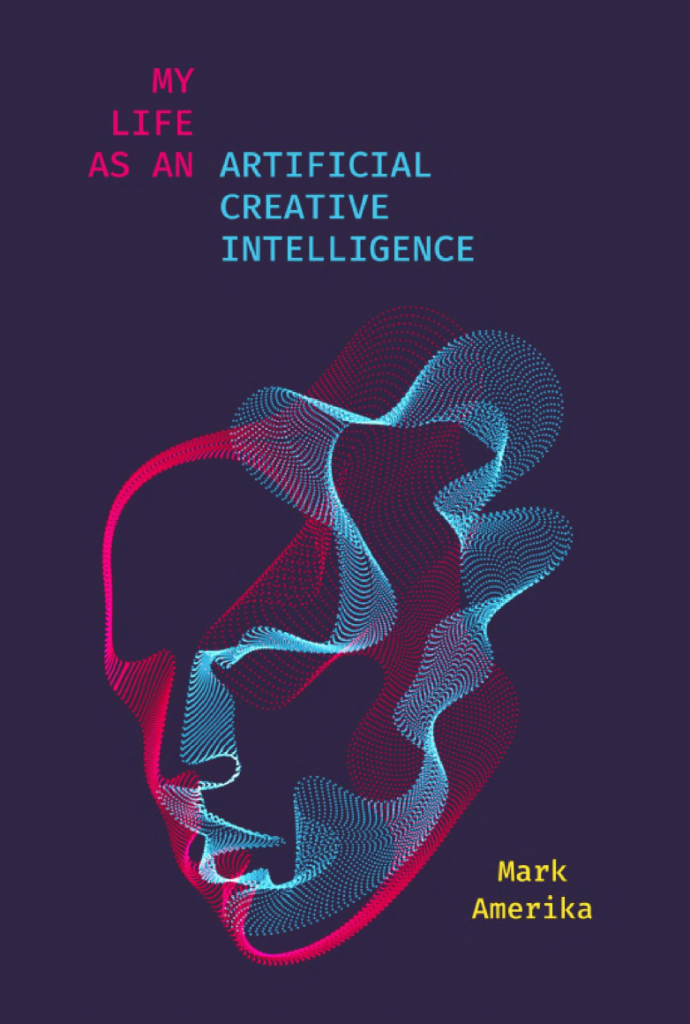
Having probed these areas for decades, Amerika is uniquely well-suited to attempt to answer that impossible query. His best-known works—Grammatron (1997), an experimental project investigating how the World Wide Web is spun from countless threads of discourse, and Immobilité (2009), a feature film shot entirely on mobile phone, and driven by the literature of subtitles—consider the ways in which new and newer media explode narrative coherence into a cacophony of voices and perspectives, recasting the author as a “remix artist,” as Amerika frequently describes himself. In his new books—the nonfiction volume My Life as an Artificial Creative Intelligence and the rollicking NFT novel Everyone Has Their Price—he muses thrillingly, hilariously, and movingly on the capacity of computer-augmented imagination to proliferate creativity, and maybe even upgrade the human operating system.
Amerika himself seems to possess a kind of electronic brain—the kind of wetware that effortlessly contains multitudes, from research on natural language processing to Holly Herndon’s technosonic euphoria to Duchampian “anartistry” to Don Cherry’s free jazz to Donna Haraway’s cyborg politics to the poetics of dharma-nature. In My Life as an Artificial Creative Intelligence—the inaugural title in a new series from Stanford University Press, “Sensing Media: Aesthetics, Philosophy, and Cultures of Media,” edited by Wendy Hui Kyong Chun and Shane Denson—this brimming human mindfile spills over into the eponymous AI co-author, cultivated by Amerika as a tool to spin large quantities of existing source material into new ideas. The ACI, powered by aggregate data and the deep learning language model GPT-2, manifests in the text as well as in related video poems and live performances as Amerika’s uncanny avatar; together, human and nonhuman riff on what it means to create, to originate, to be inspired.
If language is an expression of consciousness, what does it mean that a machine can generate convincing, humanesque text?
The entire book is a meditation on creativity, diverging from a standard academic approach by enacting and exemplifying its own questions about inspiration and originality. At one point, despite carefully using different fonts to distinguish between his own voice and that of his computational co-author, Amerika winks at us: “Who’s to say what you’re reading right now isn’t already 80 percent composed by the language model I am jamming with and that my mere 20 percent is some combo of copyediting-riffing-remixing as an attempt to give the predominant cyborg drift its special human flavor?” And who’s to say that what appears to be written by an avatar isn’t actually human-powered? Amerika hints throughout his book that his inputs and the computer’s outputs are becoming increasingly, irrevocably intertwined.
Frequently, Amerika deploys the ACI persona to probe his theory of “psychic automatism,” which is closely related to the attempts of avant-garde movements and writers throughout history to jettison the self-critical “I”—to de-program habits and judgements that interfere with essential truths and let unconscious creativity flow. The ACI, it seems, is a descendent of the kind of auto-generating scribe that the Surrealists and Dadaists conjured in automatic language experiments, and that others have tried to channel via psychedelics; automation gets the ego out of the way to enable the kind of spontaneous eureka moments that the Beats, for example, arrived at while writing on the “edge of consciousness.” In My Life, the outputs generated by Amerika’s autonomous other are both magical and provocative. At one point, he prompts the ACI: “Could it be that it’s the nonhuman inside the human that makes creativity possible?” It responds: “[N]o one has ever been able to explain the scientific, logical, and creative processes involved in making an artwork. Is there any difference between an artist’s concept and a computer program’s?”
Amerika’s experimental NFT novel Everyone Has Their Price takes up this theme explicitly.
The book follows the rise of an art collective called the Maker Fakers, who have figured out how to meet popular demand by churning out multimedia projects and PR strategies via a tool called the Meta Remix Engine—an ACI-like generator trained by one member of the collective, Zeke, on his own prolific writings. As crypto art phenoms, the Maker Fakers are keenly “self-aware of their art historical moment” yet far too busy for content creation, so they outsource the essentials to machinic collaborators and engage, instead, in existential crises. (As an AI poet who sells NFTs, I made it only a few pages in before saying under my breath, in admiration, “Get out of my head, Mark Amerika.”) Fittingly, the text is freely available as a retro-styled digital object—a pdf laid out like a book—and for sale as a 1/1 NFT packaged with a unique physical object.
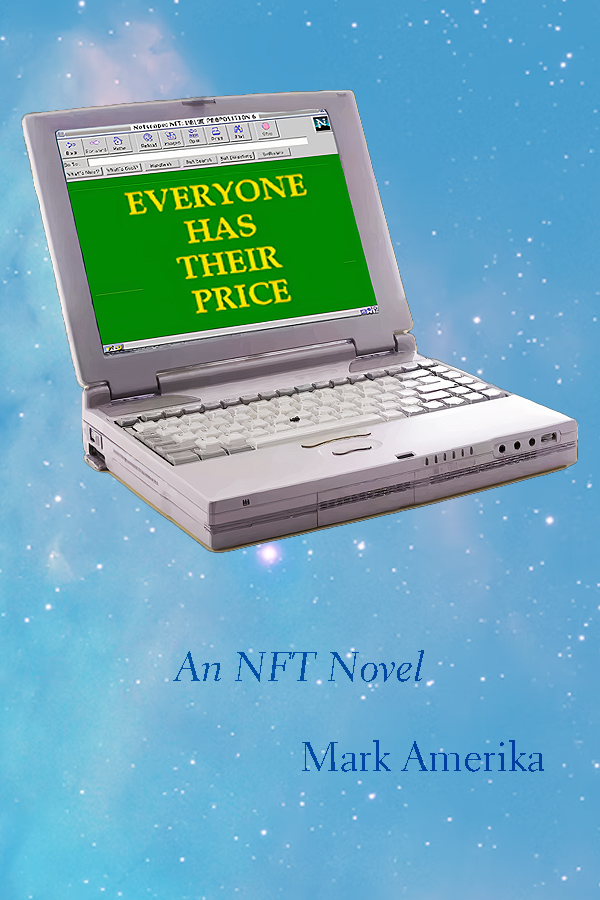
As in My Life…, Everyone Has Their Price invokes artificial intelligence as a protagonist to interrogate creativity. Here, autonomous authorship is set against a world of “turbo-charged techno-capitalism”—of open-source software and collaborative contracts, global networks and collective consciousness—in which productivity, proof, and provenance are king yet it’s increasingly impossible to make a truly original offering. (First drafted long before the NFT boom of 2021 and released this April, the narrative was recently updated to reflect the contemporary crypto art market and our post-Covid existence.) Zeke grapples with the Maker Fakers’ meteoric success and the endless demands of the web3 art market by merging his identity with that of his cybernetic alter ego. He trains himself “to become a kind of psychic automaton, a spontaneously erupting poet cum intermedia artist tapping into his unconscious creative potential.” What he generates via the Meta Remix Engine isn’t inauthentic or artificial; it’s “just another version of himself, a forever morphing persona-in-the-making.” As I read, I found myself wondering who had actually penned the novel: Amerika or his ACI, or both?
“These thoughts that pour out of me are not ‘original’ in the sense that they come out of nowhere or from a secret source of inspiration, but that’s the point,” Amerika (I think?) writes in My Life…, gesturing toward the way that both human and machine minds are activated by data, cross-pollinating abundant source material to make connections bloom. Ultimately, the textual outputs of investigations like Amerika’s are a kind of Provocateuring Test: Do human artists think like machines? Can we keep innovating without nonhuman assistance? Can we be as surprising, generative, free-flowing, rhythmically poetic—as prophetic—as AI? Or, in the words of the ACI, “Is creativity really a human trait?” This isn’t just clever rhetoric; what’s at stake is anthropocene pride, or humility, as well as a recognition that we may become better able to solve big, hard problems by learning how best to augment and exponentially multiply our human imagination via intelligently built systems.
Can we keep innovating without nonhuman assistance?
In both new books, in very different ways, Amerika uses technology to skewer the romantic ideal of authorial singularity, exploding the image of the lone writer rather thrillingly into a hyper-Cervantine orgy of voices, genres, realities, perspectives. In the end, of course, it matters—politically, critically, ethically—who is writing, and why, just as it matters who is editing, who is eliding, who has been written over or out. Amerika’s implicit argument is that the harder it becomes to make these distinctions, the more urgent it is to acknowledge what it is that we’re all creating together, for better or worse. In a poignant, extended ode to the Ukraine-born Brazilian novelist Clarice Lispector, Amerika shares a favorite quote: “We write not because we want to but because we can’t understand ourselves.” Perhaps the ACI, built by humans, trained on the vast troves of language that comprise the record of human existence, is writing to understand itself—to process, analyze, and synthesize the infinite complexity of humanity.
Sasha Stiles is a co-founder of poetry NFT platform theVERSEverse and author of Technelegy (Black Spring Press Group, 2021).
